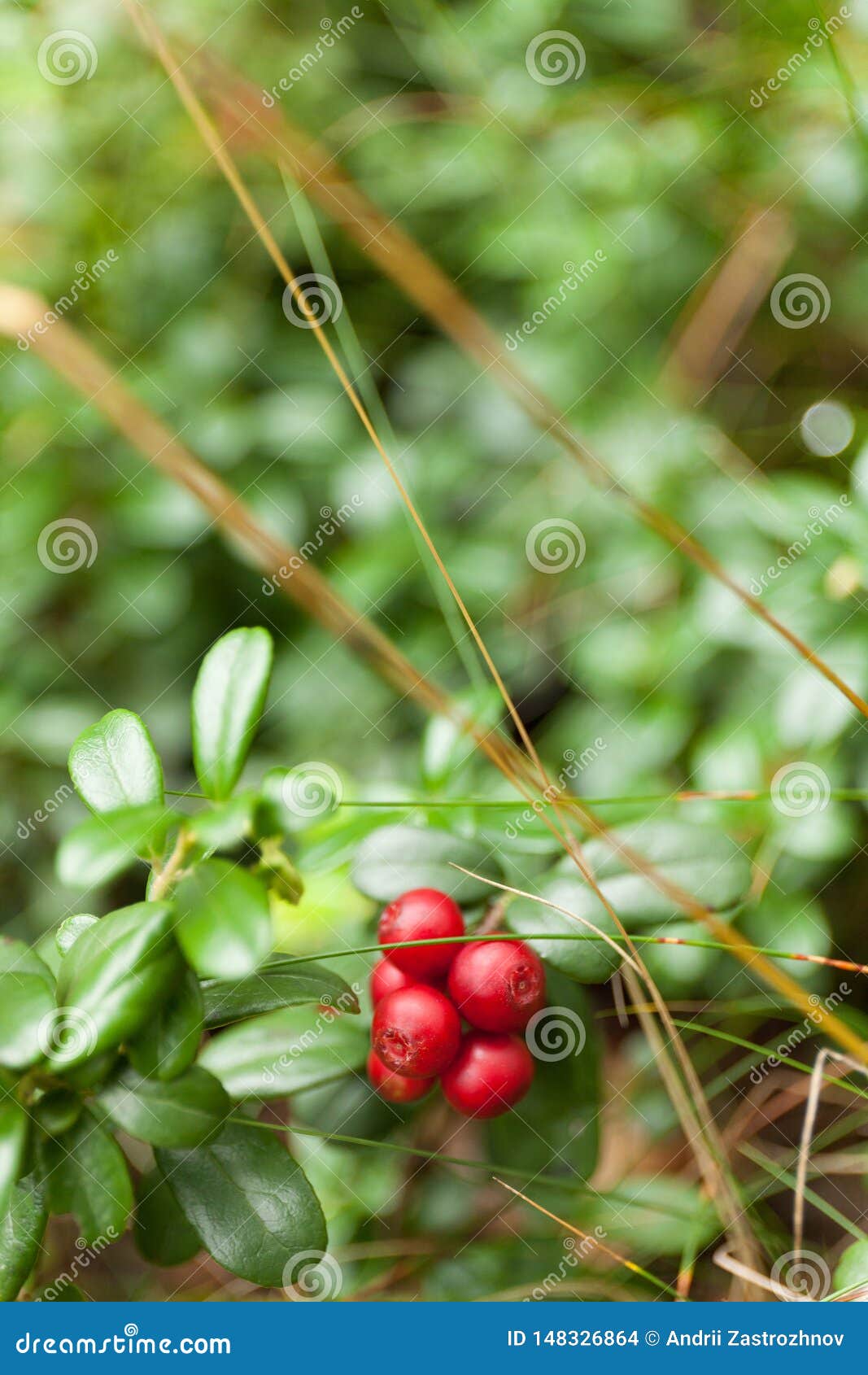

When average CHH methylation of large transposons was incorporated in the chromosome, it represented more significant 20. CHH methylation is distributed randomly across chromosomes, whereas CG and CH methylation have no genome-wide significance. Waddington initially coined the term ‘epigenetic.’ A methyl group can be briefly incorporated in the fifth position of cytosine residues where plants have three apparent phases of cytosine: CG, CHG, and CHH (where H is C, A, or T) 19. It can occur as an active DNA demethylation (enzymatic removal of methylated cytosine) or passive DNA demethylation (removal of DNA methylation during DNA replication) 17, 18. On the other hand, DNA demethylation refers to the removal of methylated group from the DNA. The two types of DNA methylation exist active DNA methylation (regulated by gene expression) and passive DNA methylation (regulated by gene regulation) 16. Changes in the DNA methylation (or hydroxymethylation), histone modification or both are the crucial factors for epigenetic changes in in vitro plants 15. Lingonberry fruits can be consumed raw and used to make juices, wines, pastries, sauces, jams, jellies, ice creams, cocktails and desserts 13.Įpigenetic variation means DNA methylation and the modifications of amino acids as well as the tail of histones in the way of mitotically and/or meiotically heritable and non-heritable alterations 14. Furthermore, leaf and fruit parts can reduce cholesterol levels, prevent rheumatic diseases, hepatitis C, kidney, bladder infections, and have been used to treat Alzheimer's disease 11, 12. It has been introduced as fruit from an ancient era and a medicinal plant and used as an ornamental plant for the landscape ecology 10. In contrast, flavonoid content exists between 27%–42% in leaf tissues 9. Lingonberry has been found a high amount of antioxidant and antimicrobial activity in the fruit 8. Young leaves may contain up to 1,740 mg/kg anthocyanin (fresh weight) 5, 6 along with 58% of total organic biomass phenolic content present in leaves, 48% in stems, and 79% in fruits 7. Lingonberry contains abundant secondary metabolites, including phenolic contents, flavonoids, and proanthocyanidin 4. This process is called micropropagation or in vitro propagation. Micropropagation is a quick and more efficient method to propagate lingonberries in masses that makes it possible to be done all the year through axillary bud proliferation and differentiation to mature plants formed from meristematic tissues to fully grown plants 3. It is widely spread through Greenland, Iceland, North America, Scandinavia, Northern Asia, and some other parts of Europe and Asia 2 (supplementary Fig. It is used for the production of jams, jellies and candies. of the Ericaceae family (subfamily: Vaccinioideae), which contains about 4250 species in 124 genera 1. Lingonberry ( Vaccinium vitis-idaea L.), a small perennial shrub, belongs to the genus Vaccinium L. On the contrary, we observed higher secondary metabolites in ED plants but comparatively less in micropropagated shoots (NC1, NC2) and plants (NC3, LC1).

Our study showed more methylation in micropropagated shoots/plants than those derived from ED plants. The four types of tissue culture-derived shoots/plants (NC1, NC2, NC3, LC1) showed higher methylation bands than cutting propagated donor plants (ED) that exhibited 79 bands of methylation, which is comparatively low. Through methylation-sensitive amplification polymorphism (MSAP) assay, we observed highest methylated sites in leaf regenerants (LC1) from all primer combinations (108 bands), along with the highest secondary metabolites. An efficient interaction of zeatin-induced cytosine methylation and secondary compounds has been displayed for the first time in tissue-culture shoots/plants of lingonberry ( Vaccinium vitis-idaea L.) cultivar Erntedank in vitro (NC1, in a liquid medium NC2, on a semi-solid medium), ex vitro (NC3, node culture-derived plants LC1, leaf culture-derived plants) and its cutting-propagated (ED) plants. Epigenetic variation plays a role in developmental gene regulation and responses to the environment.


 0 kommentar(er)
0 kommentar(er)
